An archaeological team in Israel recently announced a landmark discovery when they unearthed the remains of four donkeys that were sacrificed more than 4,500 years ago.
The donkeys were found under the foundation of a Bronze Age house at the ancient city of Gath, near Tell es-Safi, about 20 km northwest of the city of Hebron.
Research published in the journal PLOS One suggests that donkeys originated in ancient Egypt and were likely used for agriculture and trade. Sacrificing them may have been a ritual to show off the owner's wealth and social status.
The researchers found that all four donkeys were female, in their prime, and buried with their front and hind legs tied. All of their skulls were facing east – a detail believed to have ritual significance.
This discovery opens up new perspectives on the religious practices of the ancient Canaanites, who inhabited the area during the Early Bronze Age III (circa 2900-2550 BC).
According to the research team, the Egyptian origin of the donkeys suggests that their owners may have been merchants or traders with trade links to Egypt.
Previously, in 2010, at the same location, archaeologists discovered a decapitated donkey, its head carefully placed on its belly and facing the opposite direction of its body - a mysterious detail suggesting a complex sacrificial ritual.
Using chemical and isotopic analysis of tooth enamel, the researchers determined that the donkeys grew up in the Nile Delta, data that was also published in a 2016 PLOS One study.
Professor Elizabeth Arnold, an anthropologist and environmental archaeologist at Grand Valley State University (Michigan, USA), said: "This discovery emphasizes the essential role of donkeys in the ancient world - not only in terms of economy and trade, but also in religious rituals."
In ancient societies, donkeys played a key role in agricultural production – from plowing, pulling heavy loads to transporting goods. Sacrificing a donkey, especially a fertile female, was not only a religious act but also a symbol of abundance, showing that the owner could afford to replace these precious animals.
The discovery of four sacrificial donkeys at Tell es-Safi is clear evidence of the dual role – both economic and ritual – of this animal in ancient society.
Researchers hope to continue further analysis to shed light on the complex relationship between humans and animals throughout human history./.
Source: https://www.vietnamplus.vn/khai-quat-hai-cot-4-con-lua-duoc-hien-te-cach-day-hon-4500-nam-post1049219.vnp


![[Photo] National Assembly Chairman Tran Thanh Man receives First Vice Chairman of the Federation Council of the Federal Assembly of the Russian Federation](/_next/image?url=https%3A%2F%2Fvphoto.vietnam.vn%2Fthumb%2F1200x675%2Fvietnam%2Fresource%2FIMAGE%2F2025%2F12%2F02%2F1764648408509_ndo_br_bnd-8452-jpg.webp&w=3840&q=75)





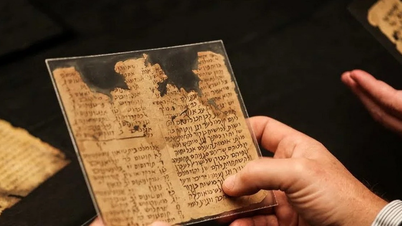
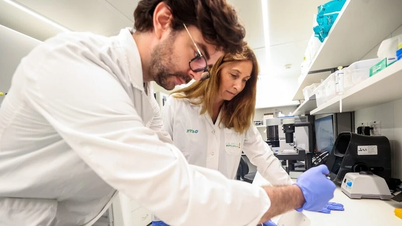













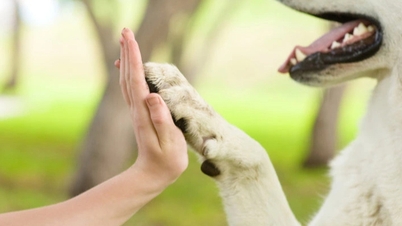















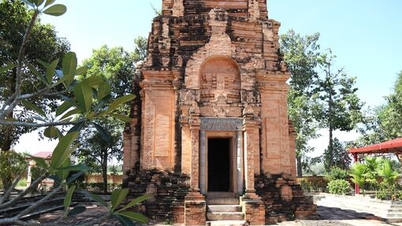

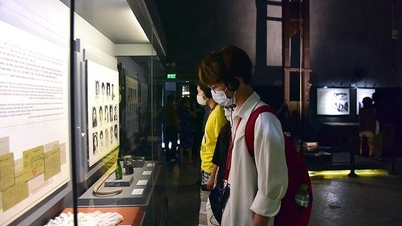

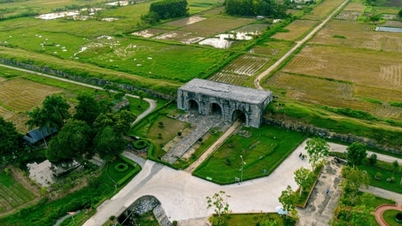



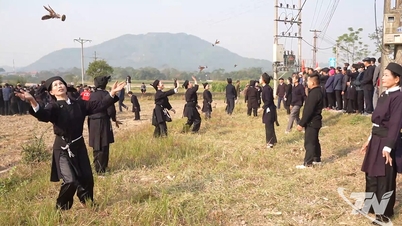







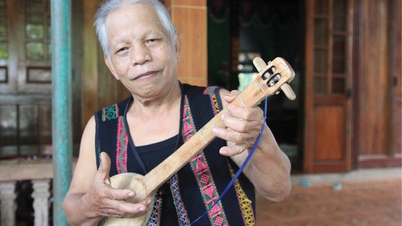














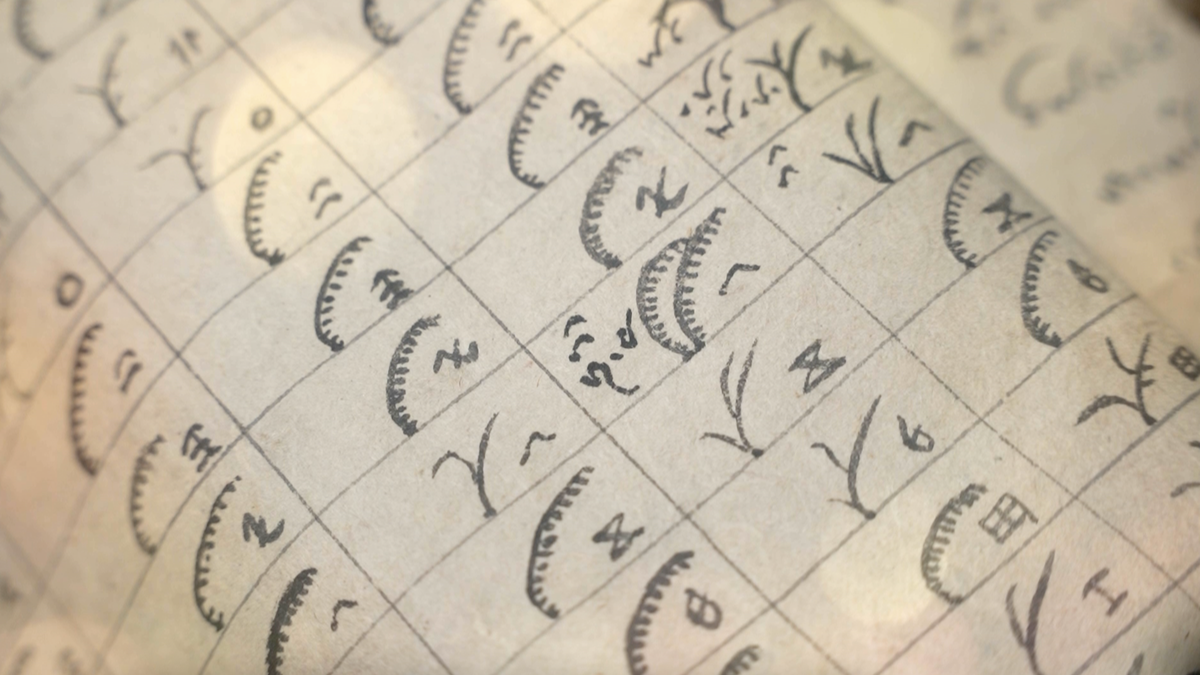









![[Photo] General Secretary To Lam and his wife attend the 50th Anniversary of Laos National Day](https://vphoto.vietnam.vn/thumb/402x226/vietnam/resource/IMAGE/2025/12/02/1764644139308_1.jpeg)




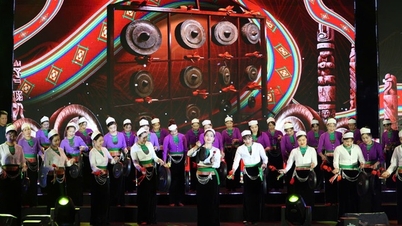











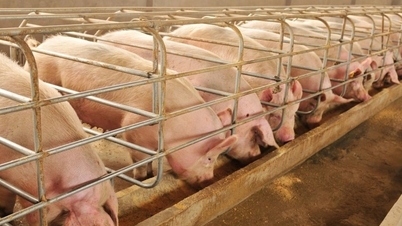














Comment (0)